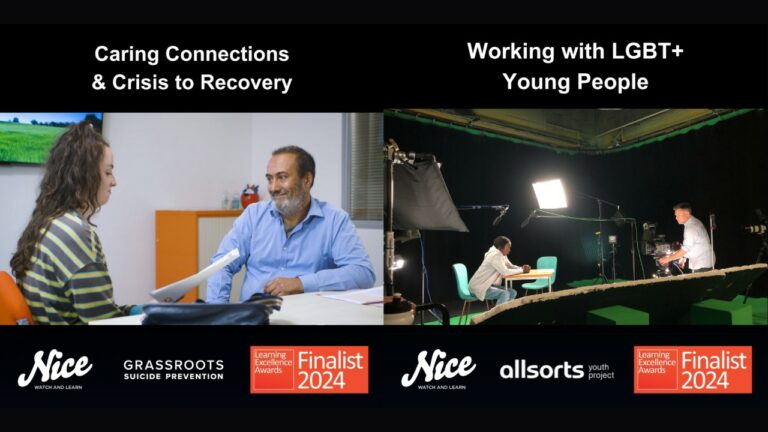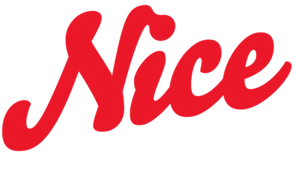As I am relatively new to video production, I often get confused with the terminology which is used in the field.
So here is my video glossary for newbies, like myself.
| Audio (dynamic range) Compression | A process whereby the dynamic range of the audio waveform is compressed. The effect is to reduce the difference between loud and quiet parts of the recording making the playback sound punchier. This is commonly used with voice-overs and pop music. |
| Aspect ratio | The aspect ratio of an image is the proportional relationship between its width and its height. For example widescreen TV is approximately 16:9. |
| Chroma Key | Choma key is the technique of filming something in front of a flat coloured background (usually green) and replacing the colour with an image (still or moving). One of the most common examples is the weather presenter standing in front of the weather map. |
| Colour temperature | Colour temperature refers to the spectrum of colours that light gives off. Daylight is blue-ish, fluorescent lights are greenish and tungsten light bulbs are yellowish. Cameras need to be balanced to the colour temperature of the scene or the colours will come out wrong. |
| Depth of field | This is the distance between the nearest and farthest objects in a scene that appear acceptably sharp in an image. In drama a narrow depth of field in which the subject is in focus and the background “soft” and blurry produces an intimate feeling. In sports or event coverage we want a deep depth of field as the important thing is to show everything you can with maximum clarity. |
| Director | A film director is a person who directs the shoot. They focus on the drama and artistic decisions such as framing, how the sequence is put together in a series of shots, the style of lighting, etc. As opposed to the producer, who focuses on the organisation of the shoot. |
| Dissolve | A dissolve is a gradual transition from one image to another in an edited sequence. This is in contrast to a cut, where there is no such transition. A dissolve overlaps two shots for the duration of the effect. |
| Establishing shot | An establishing shot sets up, or establishes the context for a scene by showing the relationship between its important figures and objects. It is generally used at the beginning of a scene establishing where the remainder of the scene takes place. |
| Grip | Grips are lighting and rigging technicians. They operate equipment that moves the camera about like tracks and dollies. The sort of equipment they use are referred to as grip. |
| Pan | The term ‘to pan’ comes from the word panorama. A panning shot involves turning the camera on a tripod from side to side. |
| Producer | Producers handle the organisational and financial aspects of a project. They are project managers, often with creative input. |
| Production designer | A production designer is the person responsible for the sets/settings and props to help tell the story. |
| Storyboards | Storyboards are images or illustrations used to display the ‘story’ (or sequence of filming).A film storyboard is like comic strip of a narrative film or some section of the film produced beforehand to help directors, cinematographers and clients visualise the scenes. |
| Stylist | The stylist is in charge of creating the characters visually. They make sure the actors are wearing the right clothes, accessories and hairstyles for the piece. |
| Telephoto lens | A telephoto lens is a specific type of a long-focus lens in which the physical length of the lens is shorter than the focal length. To a greater or lesser extent it’s like looking through a telescope or monocular. |
| Tilt | To tilt the camera is to tilt is up or down – moving it on a horizontal axis – while filming.Similar to pan, but going up and down instead of side to side. |
| Tracking shot | A tracking shot generally refers to a shot where the camera is mounted on a camera dolly (a wheeled platform that is pushed on rails).The term may also refer to any shot where a camera follows a subject, such as a moving actor or a moving vehicle. |
| Vignette | A vignette is a short impressionistic scene that focuses on one moment or gives a trenchant impression about a character, idea, setting, or object. |
| Vox pop | The term “vox pop” comes from the Latin phrase vox populi, meaning “voice of the people”. The vox pop is a tool used to provide a snapshot of public opinion. Random subjects are asked to give their views on a particular topic and their responses are presented to the viewer/reader as a reflection of popular opinion.Transposed to a corporate environment the vox pop gives an impression of shop floor opinion within the organisation. |
| Wide angle lens | A wide angle lens has a short focal length. Such as lens is very useful to show a wide angle (in other words getting a lot of the scene into the picture) in a small space. |
| Wipe | A wipe is a type of transition between images in a video sequence in which one shot replaces another by gradually revealing it. This can be done in a variety of patters – most simply it’s like pulling across a curtain, but one can have radial or star-shaped wipes. |
| White balance | The white balance is a function of video cameras. The camera is pointed at a white object and the white balance accurately balances the colour representation so that all colours in that scene are faithfully reproduced. |
| Zoom | To zoom is to changethe focal length of a zoom lens (and hence the angle of view) during a shot. The technique allows a change from close-up to wide shot (or vice versa) during a shot.Zooming can either be performed towards longer focal lengths, giving a “zoom in” effect: The filmed object will then increase in apparent size and fewer objects will come into view.
Or it is performed towards shorter focal lengths, giving a “zoom out” effect: The filmed object will shrink in apparent size, and more objects come into view. The two extremes are a little like looking through one or other end of a telescope. |
Ever been foxed by production terminology?
Send us your questions and we’ll be happy to post an answer.







